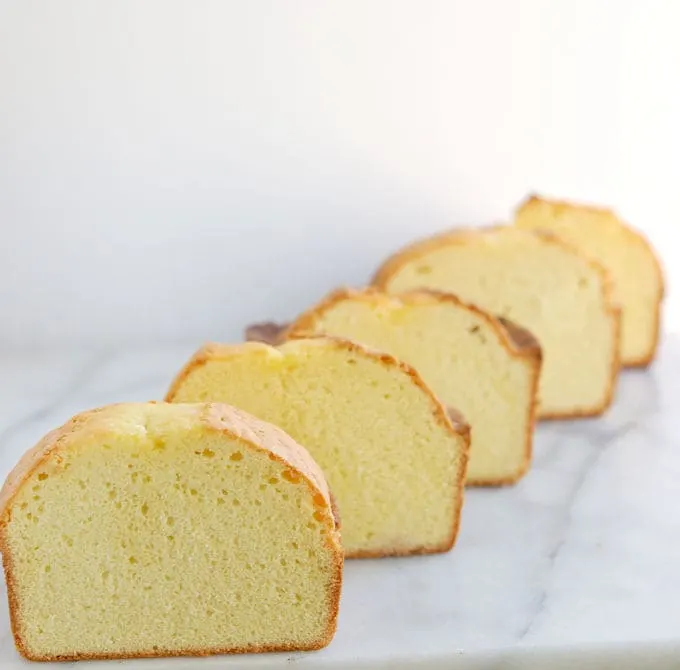🧈 How Fats Create Tenderness in Cake Recipes
Why butter, oil, and shortening behave differently in cake batter.
Fats play two vital roles in cake baking: they tenderize and they aerate.
Fat adds moisture and richness, but it also interferes with gluten formation and egg coagulation — the chemical processes that make a cake firm.
By softening those structures, fat creates the delicate, melt-in-your-mouth texture we associate with a perfectly baked cake.

💧 How Fat Tenderizes a Cake
In cake batter, fat coats the proteins in flour, limiting gluten development once liquid is added. It also surrounds air bubbles and water droplets, creating a smooth, uniform batter.
During baking, those coated air pockets expand and set, giving the cake its fine, even crumb. The more efficiently the fat is dispersed, the softer the texture will be.
🧁 Fats That Add Air: Butter, Shortening, and Oil
The three main fats used in cake recipes are butter, shortening, and oil and all perform differently:
- Butter: Adds incomparable flavor, creates a stable emulsion, and whips air efficiently when creamed with sugar. Because butter contains about 15% water, it also contributes a small amount of steam for lift.
- Shortening: Contains no water, so it creates a slightly higher rise and longer shelf life but lacks butter’s rich flavor.
- Oil: Produces a moist, tender crumb and a longer-lasting softness. Because oil doesn’t hold air when beaten, oil-based cakes rely more on chemical leavening for lift.
Certain fruit purees, such as applesauce or mashed banana, can replace some or all of the fat for moisture, though they’ll change flavor and structure.
To learn more about the science of butter, shortening, and oils—and how they influence flakiness, moisture, and flavor in all types of baked goods—visit Fats in Baking.
🔬 Testing Different Fats in Cake Batter
To see how these fats behave, I baked five pound cakes using the same quatre quarts formula (equal weights of flour, sugar, fat, and eggs) but varied the type of fat: butter, shortening, oil, and fruit puree.
Even before slicing, the results were clear:
- The butter cake baked tall and evenly with a fine, golden crumb.
- The shortening cake rose slightly higher but lacked flavor and had a drier texture.
- The oil-based cake was moist but dense, with little structure.
- The fruit puree versions were flavorful but gummy and low-rising.
So, as expected — for a pound cake, butter is the clear winner.
Shortening or oil can be excellent in certain cakes (like chiffon or snack cakes), but not in a dense butter cake where flavor and crumb structure are key.
Baking Sense Tip
For flavor and texture, butter is best in pound cakes and most traditional butter cakes.
Shortening or oil can work well in lighter cakes where moisture and tenderness matter more than structure.
🧩 Takeaway
Fat is both the tenderizer and the flavor carrier of a cake. How it’s used, and which type you choose, determines not just texture but also how the batter incorporates air and moisture. Understanding fat’s role helps you balance richness, crumb, and lift for any style of cake.
📚 Continue Learning
This lesson is part of my Cake Recipe Science series, where I explain how each ingredient and mixing method shapes a cake’s structure, texture, and flavor. Explore the full series to learn how flour, sugar, eggs, fats, and leavening work together to create the perfect cake crumb.
← Previous: The Role of Flour in Cake Structure | Next: The Role of Eggs in Cake Structure →
